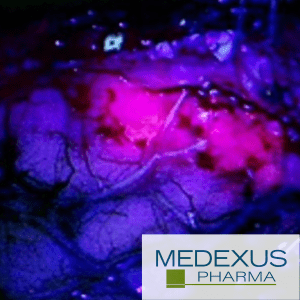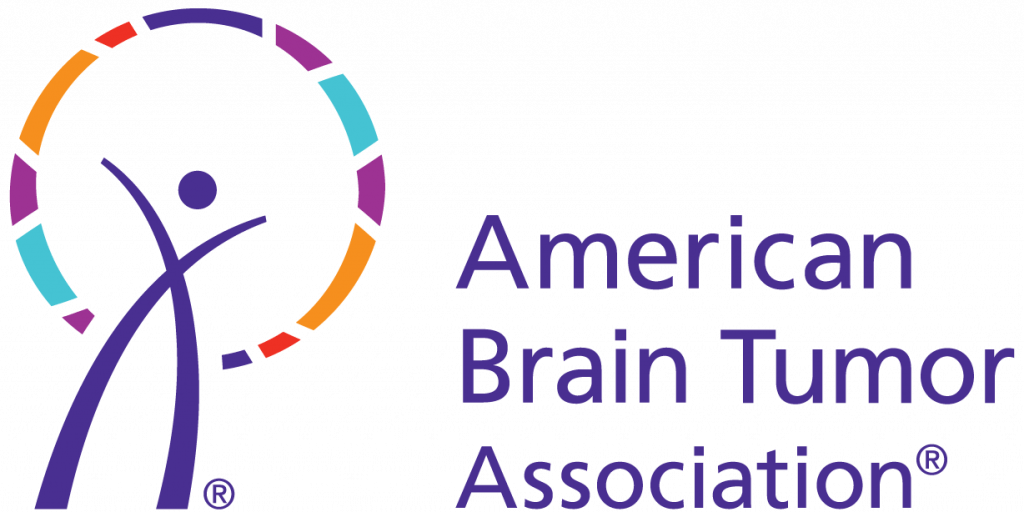![]() The American Brain Tumor Association (ABTA), the nation’s first nonprofit organization dedicated to brain tumor education and research, has awarded six medical students with the 2020 ABTA Jack and Fay Netchin Medical Student Summer Fellowship grant.
The American Brain Tumor Association (ABTA), the nation’s first nonprofit organization dedicated to brain tumor education and research, has awarded six medical students with the 2020 ABTA Jack and Fay Netchin Medical Student Summer Fellowship grant.
ABTA Jack and Fay Netchin Medical Student Summer Fellowships are designed to encourage young medical students interested in neuro-oncology to pursue a career within the field of brain tumor research.
“Limited research funding within the brain tumor field often deters young investigators from pursuing a career devoted to brain tumor science,” said Nicole Willmarth, PhD, Chief Mission Officer of the ABTA. “By providing grants to junior scientists, the ABTA strives to attract and invest in motivated students who will emerge as future brain tumor researchers.”
Recipients each receive a $3,000 grant to support a summer of learning new skills and techniques alongside esteemed brain tumor researcher mentors. Through this opportunity, the ABTA hopes to inspire future physician-scientists to apply their talents and expertise to the brain tumor field.
This year’s Jack and Fay Netchin Medical Student Summer Fellowships investigate an array of brain tumor projects on immunotherapy, cancer initiating or stem cells, gene expression, and targeted therapies for pediatric and adult brain cancers. The 2020 ABTA Jack and Fay Netchin Medical Student Summer Fellowship recipients include:
Hasan Alrefai, BS
University of Alabama at Birmingham
Effects of Myristoylated Alanine-Rich C-Kinase Substrate on Microglial Activation
MED2 is a potential new treatment aimed at killing therapy-resistant Brain Tumor Initiating Cells, but the effects of MED2 on specialized immune cells in the brain are less clear. In this project, Hasan Alrefai will investigate the effects of MED2 on immune cell function in the brain tumor environment, to get a broader picture of how effective MED2 may be against GBM.
Ian Burns
McMaster University
Identifying Synergistic Therapies for Pediatric Group 3 Medulloblastoma
Bmi1 is a gene that helps medulloblastoma Brain Tumor Initiating Cells (BTICs) resist treatments. While targeting Bmi1 greatly reduces cancer burden in medulloblastoma pre-clinical models, it does not stop it completely. Ian Burns will investigate other genes that may work with Bmi1 to keep BTICs in the resistant state. The goal is to find new targets for combination therapies.
Andy Ding, BA
Johns Hopkins University
Therapeutic Potential of Multi-CDK Inhibition in Atypical Teratoid/Rhabdoid Tumor
Atypical Teratoid/Rhabdoid Tumor (ATRT), is a pediatric brain tumor that may be dependent on molecules called CDKs. The drug TG02 inhibits CDKs and is currently in clinical trials for high-grade gliomas. In this project, Andy Ding will examine the effects of TG02 in ATRT pre-clinical models.
Emily Lavell, MHS
Mayo Clinic in Jacksonville, Florida
Supported by Southeastern Brain Tumor Foundation
Role of Glioma Extracellular Vesicles on the Transformation of Neural Stem Cells
Cells can communicate by sending and receiving extracellular vesicles (EVs), tiny packets of genetic material and signaling molecules. New evidence shows that EVs from gliomas cells can influence healthy stem cells in the brain to behave more like cancer cells. Emily Lavell will test a drug to block glioma cells from sending EVs, to determine whether it is an effective strategy for treating gliomas.
Brian Lien, MS
University of California, San Francisco
Dissecting the Molecular Mechanism of lncGRS-1 in Glioblastoma (GBM)
A long non-coding RNA molecule in glioma, called lncGRS-1, helps tumors develop and grow. In this project, Brian Lien will investigate how lncGRS-1 carries out these functions in gliomas, and the effects of blocking it in GBM cells. The overall goal is to assess whether a specific inhibitor lncGRS-1 will be an effective therapy for GBM.
Edith Yuan, BA
University of Southern California
Effects of Silencing Long Non-Coding RNA on the Malignancy of Glioblastomas (GBM)
A long non-coding RNA (lnc-RNA) molecule called ZNF15-AS1 is involved in glioma growth and invasion. Since lnc-RNAs can be targeted very specifically, Edith Yuan will investigate whether targeting ZNF15-AS1 blocks glioma cell migration and growth. The overall goal is to determine whether blocking ZNF15-AS1 will make an effective personalized treatment for GBM.
Learn more about the ABTA grant program and grant recipients.








